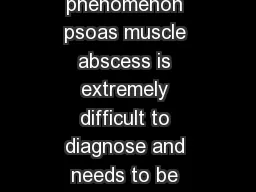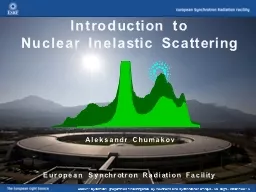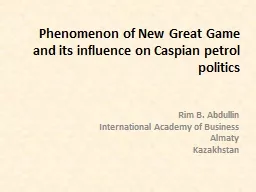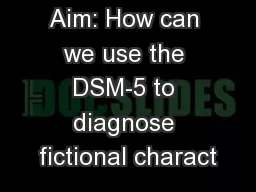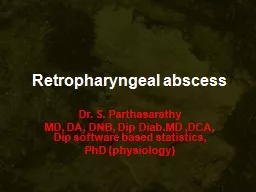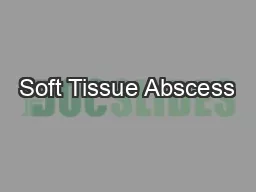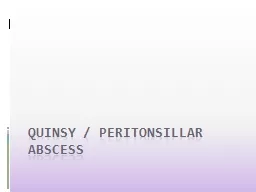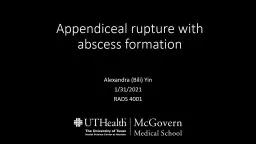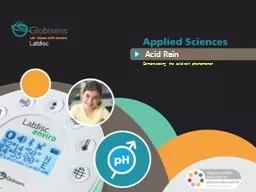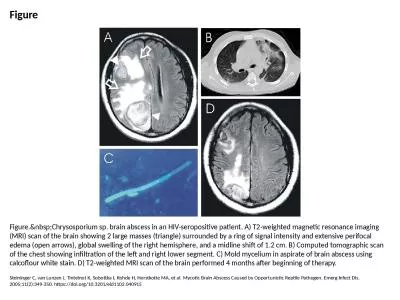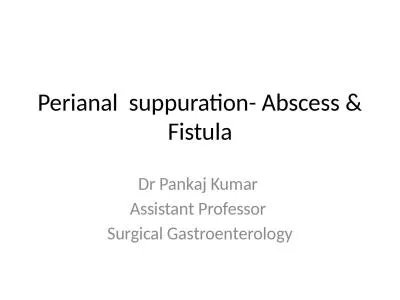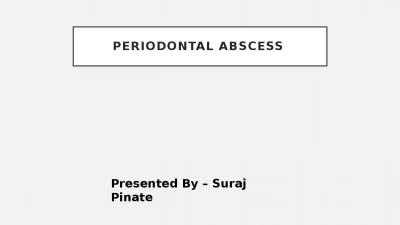PDF-n uncommon clinical phenomenon psoas muscle abscess is extremely difficult to diagnose
Author : sherrill-nordquist | Published Date : 2015-03-16
A review of worldwide literatures published from 1881 through 1990 has revealed that the incidence of psoas ab scesses is around 4 cases per year However a recent
Presentation Embed Code
Download Presentation
Download Presentation The PPT/PDF document "n uncommon clinical phenomenon psoas mus..." is the property of its rightful owner. Permission is granted to download and print the materials on this website for personal, non-commercial use only, and to display it on your personal computer provided you do not modify the materials and that you retain all copyright notices contained in the materials. By downloading content from our website, you accept the terms of this agreement.
n uncommon clinical phenomenon psoas muscle abscess is extremely difficult to diagnose: Transcript
Download Rules Of Document
"n uncommon clinical phenomenon psoas muscle abscess is extremely difficult to diagnose"The content belongs to its owner. You may download and print it for personal use, without modification, and keep all copyright notices. By downloading, you agree to these terms.
Related Documents

